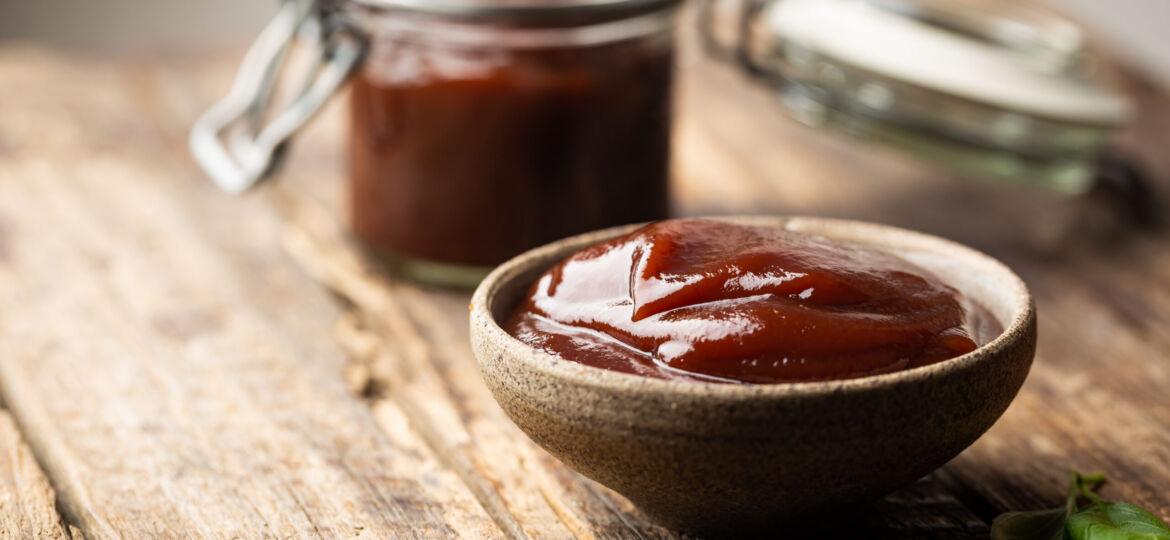
As all die-hard grillers know, the beginning of the fall is not the end of the outdoor cooking season. We have tailgating, Halloween parties, and holidays (and any other reasons we want!) to keep the fires burning and the tasty smoke filling the air.
In the spirit of keeping it going, let’s look at a little sauce guide for different meats. We will go over popular flavor profiles and some of the best ways to get the sauces and the proteins, or veggies, to complement each other.
- Sour/Tangy
The two kinds of “tangy†and/or “sour†sauces you will most likely run into are going to be your tomato-based sauces and your vinegar-based sauces. This will cover your St. Louis and Texas-style sauces. The tomato has a sweetness but also acid to it. This is sometimes cut by the addition of sugars in the form of fruit juice, brown sugar, or honey. All of these flavors are great on any cuts of pork, especially ribs. But, in the case of a Texas-style tomato-based sauce, get yourself a brisket. When dealing with tomato sauces that have added sugars, though, be sure to watch your cooking temperatures and times, in order to avoid burning.
Vinegar-based sauces, which include many of the most famous names in sauces, are good on a variety of items. Thinner vinegar-heavy sauces can be used on both smoked chickens as well as raw veggies like a slaw. Smoked chicken is also used heavily with Alabama-style sauces which add a surprise, mayonnaise, to the mix. Vinegar can also be great on fatty meats too, as they can cut the richness a little and add some interest to the flavor.
While it could also be considered a “vinegar sauce,†we are putting Kansas City-style sauce here in the “sweet†section. It earns this distinction by having a very interesting main ingredient: molasses. Because of this, it is usually added to meats right after, or towards the end of, cooking. Burnt ends, which are the fattiest pieces of brisket, are coated in such a sauce, in order to achieve a caramelized effect.
Spare ribs are another favorite for this style of sauce. But, in recent times, sweet-flavored chicken wings have become a popular favorite. Turkey and grilled vegetables are also a great match for these thick, sticky, and viscose sauces.
- Spicy
Adding heat to a BBQ sauce can be achieved in a number of ways. For one thing, there is a huge tradition of mustard-based bbq sauces, famous for adding a kick. This could take the shape of a South Carolina-inspired mixture that adds Worcestershire sauce and vinegar, which is perfect for any cut of chicken or pork. Further south in Georgia, they spice things up even more by adding a tabasco sauce to the mix. These flavors also work for chicken and are popular with pulled pork as well.
You can create a spicy sauce by adding any kind of chili or heat that you prefer. From ground cayenne pepper to blended habaneros to the smoky taste of chipotle peppers, don’t be afraid to experiment with your favorite heats.

